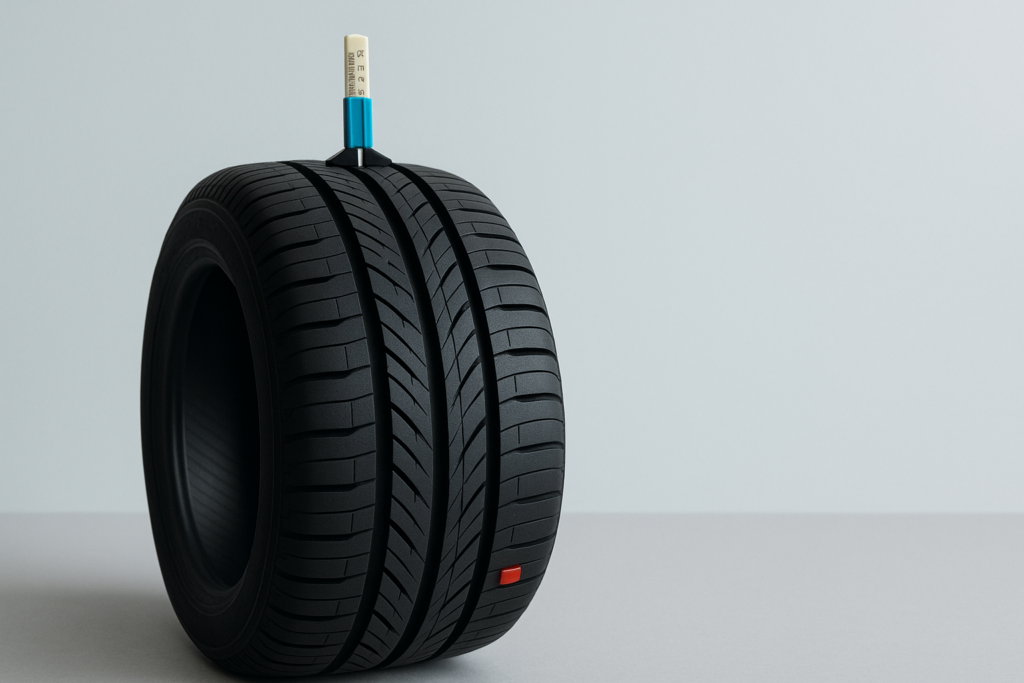Regular tire maintenance is vital for enhancing your vehicle’s performance and safety. Tire rotation and balancing not only improve driving comfort but also extend the lifespan of your tires. This article provides practical advice on maintaining your vehicle through regular tire care.
Maintaining your vehicle’s tires is crucial for ensuring both safety and efficiency on the road. Regular tire rotation and balancing are key practices that contribute to a smoother driving experience while prolonging tire life. These routine services can prevent uneven wear, reduce vibrations and improve overall handling, making use of discount tire & service centers offers specialized services that cater to these essential needs, but at a discounted rate, making it easier for drivers to keep their vehicles in optimal condition.
What Tire Rotation Involves
Tire rotation is a process where the tires on your vehicle are moved from one position to another, such as from front to rear or diagonally. This practice ensures even wear across all tires, which is essential for maintaining traction and stability. Uneven tire wear can lead to poor handling and increased risk of accidents. It is generally recommended to rotate your tires regularly, although consulting your vehicle’s manual or a professional is always wise for specific guidance.
By redistributing the wear patterns, tire rotation helps maintain consistent tread depth across all four tires. This consistency not only extends the life of each tire but also enhances fuel efficiency by reducing the rolling resistance encountered during driving. Regular rotation can prevent premature wear patterns such as cupping or feathering, which can compromise safety and performance.
Incorporating regular tire rotation into your vehicle maintenance routine is a simple yet effective way to ensure even tire wear. It allows you to take full advantage of your tires’ potential lifespan while maintaining optimal performance on the road. Making it a habit to schedule these rotations at recommended intervals can save you money in the long run by delaying the need for new tires.
The Role of Balancing in Smooth Driving
Tire balancing involves adjusting the weight distribution around each wheel and tire assembly to ensure they spin smoothly at high speeds. Imbalanced tires can lead to vibrations that may be felt through the steering wheel or seats, affecting ride comfort. Over time, these vibrations can cause additional stress on suspension components and contribute to uneven tire wear.
Balancing is typically performed whenever new tires are installed or when existing ones are rotated. This process involves adding small weights to the wheel assembly to counterbalance any imperfections in weight distribution. A properly balanced tire contributes to improved handling, fuel efficiency and a more comfortable ride.
Neglecting tire balancing can result in various issues, such as accelerated tread wear and increased fuel consumption due to added friction. Keeping your tires balanced ensures that they rotate evenly, reducing the strain on your vehicle’s suspension system. Ultimately, this enhances both performance and longevity, making it a critical aspect of regular tire maintenance.
Effective Tire Maintenance Tips
Monitoring your tires regularly is crucial for maintaining their condition and ensuring safety on the road. Start by checking the tread depth using a tread depth gauge or by performing the penny test. Insert a penny into the tread groove with Lincoln’s head facing down; if you can see his entire head, it’s time for new tires. Additionally, inspect for visible signs of damage such as cuts or punctures.
A good practice is to look out for indicators like vibrations while driving or unusual noises from the wheels, which may suggest the need for rotation or balancing. Uneven tread wear patterns are also a sign that it’s time for maintenance services. Keep track of mileage since your last service; setting reminders can help maintain consistency in scheduling rotations and balances.
Maintaining proper tire pressure is another vital aspect of tire care. Underinflated or overinflated tires can affect handling and fuel efficiency while increasing wear rates. Checking air pressure monthly and before long trips ensures that your tires perform optimally under varying conditions.
Advantages of Professional Tire Services
Seeking professional services for tire maintenance provides numerous benefits beyond what you might achieve through DIY methods alone. Trained technicians have access to specialized equipment that ensures precise rotations and balances tailored specifically for your vehicle type.
Professional centers offer comprehensive inspections that detect underlying issues such as misalignment or structural weaknesses that might not be visible during routine checks at home. They provide expert advice based on manufacturer specifications tailored specifically for each make and model.
Utilizing expert services also grants access to quality materials needed during repairs or replacements if necessary. Opting for professional care means benefiting from efficient solutions designed with safety in mind; this approach reduces risks associated with improper installations often seen in DIY attempts gone wrong.

